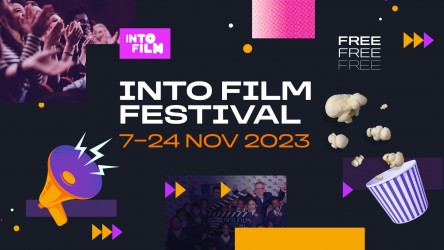Academic and media theorist David Hesmondhalgh has written extensively about the Cultural Industries and A Level Media students need to develop an understanding of his work.
Cultural Industries: notes
Hesmondhalgh discusses the way the cultural industries operate and explores their effect on audiences: “Of one thing there can be no doubt: the media do have influence.”
He points out that societies with profitable cultural industries (e.g. USA, UK) tend to be dominated by large companies, have minimal government regulation and significant inequality between rich and poor.
Do the cultural industries reinforce these conditions?
Hesmondhalgh acknowledges that media companies are operating a risky business. There is no guarantee a creative product will be a success.
They offset this risk both creatively and through business structure. In terms of media products, they use stars, sequels and well-known genres.
In terms of business, they use vertical integration and diversification to spread their risk and maximise profit.
Hesmondhalgh: diversity in the media
Cultural Industries: blog task
Go to our Media Factsheet archive and open Factsheet 168: David Hesmondhalgh’s ‘The Cultural Industries’. Our Media Factsheet archive is on the Media Shared drive: M:\Resources\A Level\Media Factsheets or you can access it online here using your Greenford Google login.
Read the Factsheet and complete the following questions/tasks:
1) What does the term 'Cultural Industries' actually refer to?
2) What does Hesmondhalgh identify regarding the societies in which the cultural industries are highly profitable?
3) Why do some media products offer ideologies that challenge capitalism or inequalities in society?
4) Look at page 2 of the factsheet. What are the problems that Hesmondhalgh identifies with regards to the cultural industries?
5) Why are so many cultural industries a 'risky business' for the companies involved?
6) What is your opinion on the creativity v commerce debate? Should the media be all about profit or are media products a form of artistic expression that play an important role in society?
7) How do cultural industry companies minimise their risks and maximise their profits? (Clue: your work on Industries - Ownership and control will help here)
8) Do you agree that the way the cultural industries operate reflects the inequalities and injustices of wider society? Should the content creators, the creative minds behind media products, be better rewarded for their work?
9) Listen and read the transcript to the opening 9 minutes of the Freakonomics podcast - No Hollywood Ending for the Visual-Effects Industry. Why has the visual effects industry suffered despite the huge budgets for most Hollywood movies?
10) What is commodification?
11) Do you agree with the argument that while there are a huge number of media texts created, they fail to reflect the diversity of people or opinion in wider society?
12) How does Hesmondhalgh suggest the cultural industries have changed? Identify the three most significant developments and explain why you think they are the most important.
Complete for homework - due date on Google Classroom.



